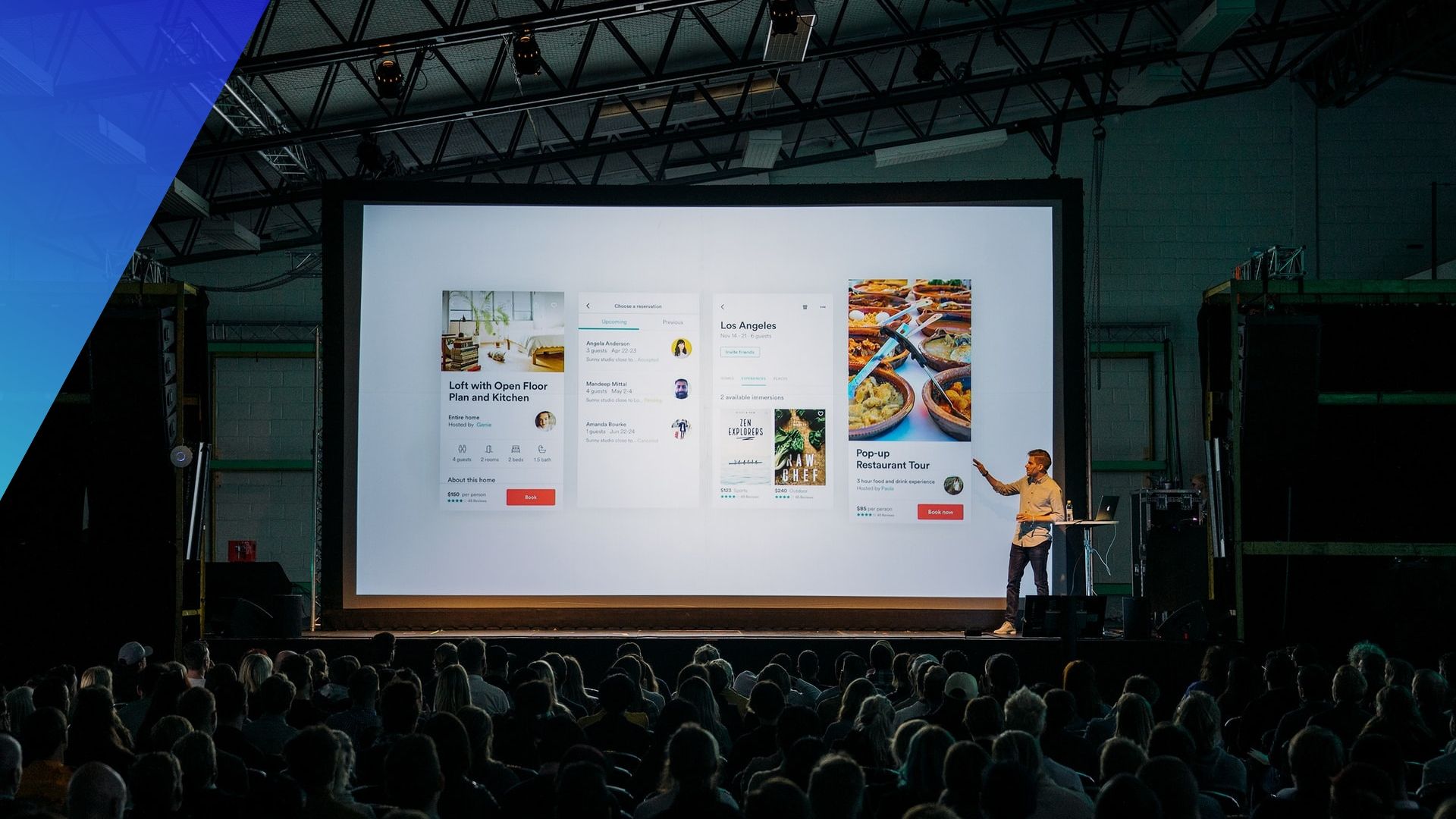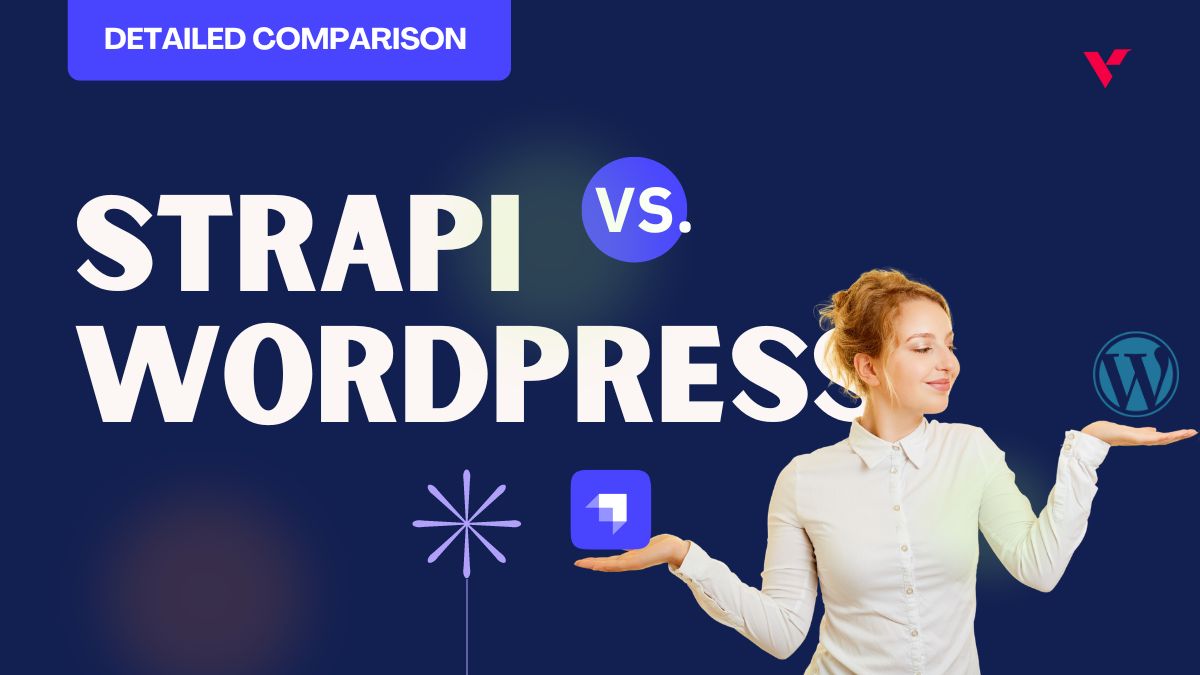Popular Tools by VOCSO
Customer experience is by far the most important differentiating factor a business can think about today.
According to the 2020 Digital Marketing Trends report created by Adobe and Econsultancy, the most exciting opportunity for any brand in any industry is customer experience (CX).
In a world where clients have endless different options to choose from how and where they spend their money, they’re searching for the businesses they can trust more.
Generating trust in the current landscape means thinking about what your audience genuinely needs from you and doing your best to deliver it.
As the customer journey continues to evolve, implementing new platforms like social media, instant chat on websites, and more, companies have more touchpoints to consider.
Table of Contents
The Importance of Powerful Customer Experiences
Before we can discuss how you can enhance the buyer journey for your customers, it might be worth discussing why prioritizing CX is so crucial these days.
In the past, businesses used to compete largely on things like price points and product features. If you had the best item on the market for the lowest cost, then you could probably maintain a happy customer base.
Today, that’s no longer the case. According to PWC, 86% of customers say that they would happily pay more if it meant they would get a great customer experience.
Not only that, but if you take the wrong step at any point during the customer journey, you could lose a prospect forever. 67% of customers say that bad experiences are the main reason they stop buying from a brand. CX is now at the heart of business growth.
If you want to optimize and improve the customer journey for your audience, here’s where you can get started.
Step 1: Get to Know Your Audience
One of the best ways to improve the customer journey is to find out what your audience needs from you and your business.
In the digital landscape, everyone who visits your online platform generates millions of data points, giving you insights into the profiles of people who are most attracted to your products and services.
Using data analytics services and other tools, you dive a little deeper into the needs and expectations of your customer.
Combine this data with things like insights from your sales team, and the user personas that you built when you first began to develop your brand, and you should be able to deliver more personalized experiences.
One thing to keep in mind is that although everyone in your audience might belong to a broader group of people who like a certain product or service, they’re all individuals.
Segmenting customers based on things like their location, what they’ve bought before, or how they’ve responded to your previous marketing messages can make a massive difference to your sales.
Step 2: Establish an Emotional Link
The best customer experiences happen when you can create an emotional connection with your target audience. The segmentation strategies mentioned above should help with this, as they will allow you to create relevant messaging tailored to your individual customers.
However, there are other things that you can do to build an emotional connection, too, such as:
1. Sharing your brand story
Make sure that you produce plenty of content online that highlights the factors that make your business unique. Your customers will feel more connected to you if they feel they share the same values.
2. Solving a genuine problem
If you know who your target audience is, then you should also know the genuine issues that they’re facing every day. Look for a way to solve a problem for your audience, and they’ll instantly be more grateful to your brand. For instance, rather than just solving the problem of hunger for your bakery customers, can you address another issue, too, like dietary restrictions or gluten intolerance?
3. Prioritize the post-sale
Interactions with your customers shouldn’t stop after they made their initial purchase. Instead, follow up with things like up-sell and cross-sell opportunities based on their previous purchases. You could also offer customers the chance to join a loyalty scheme where they can earn prizes and rewards for referring new customers.
Creating an emotional connection with your audience improves the customer journey because over 50% of a client’s experience is based on emotion.
However, taking an emotional angle also benefits your bottom line.
Clients with an emotional attachment to your company are loyal. Businesses that optimize for emotional connections out-perform competitors by up to 85%. That’s because a customer that trusts you will keep coming back time and time again, even if your competitors offer cheaper versions of your products.
Step 3: Provide Plenty of Great Services
A huge part of improving the customer journey is making sure that your clients can trust you to give them a great experience every step of the way.
This doesn’t just mean making sure that your website pages load quickly and sending parcels out fast. You also need to think about how easy it is for your customers to reach you when they need help.
The good news for today’s digital business leaders is that there are plenty of great ways to upgrade your service delivery strategies. You might be able to respond to queries that customers send on Facebook or Twitter if you’re active on social media.
However, as your business continues to grow and your customer numbers increase, you may also need to look into new and disruptive tech.
For instance, chatbots that can instantly respond to common questions can save you a lot of time while ensuring that customers have the information they need to make a purchase.
In today’s digital landscape, more companies are embracing chatbots as a way of supplementing their existing customer service strategies over the phone, email, and social media.
Just make sure that you don’t replace the human touch in your customer service altogether. There will still be times when customers need to speak to a person. In that case, it’s important to show your audience that there’s an easy way to accelerate a discussion online to a genuine interaction with a service rep.
Step 4: Look for opportunities to engage your audience
One of the most important parts of successfully optimizing the customer journey is looking for ways to keep your clients engaged. An engaged customer is less likely to add products to their basket and then abandon your website forever. Unfortunately, a lot of companies have a hard time keeping their customers engaged.
Prioritize good engagement and experience levels by:
1. Simplifying the purchasing experience
People expect shopping online to be as straightforward as possible in today’s digital landscape. With that in mind, keep your shopping system simple. If you know your customers often browse your site from their smartphone, it may even be worth creating an app.
Optimizing for mobile: Remember, a large portion of your customers is now coming to your website from mobile devices. Ensuring that your web and product pages work just as well on a small screen as they do on a large one.
2. Giving yourself multiple chances for a sale
There’s always a risk that your audience might be distracted and leave your website. Retargeting strategies where you can display the products your clients were interested in on other sites can help to bring them back. You can also send cart abandonment emails to boost your chances of sale.
Adding some fun into the mix: Companies are increasingly experimenting with fun gamification elements to boost their chances of a sale. Adding something like a roulette wheel or a daily deal that your customers can access for a chance of a discount could keep them coming back for more.
Depending on your coding knowledge and technology skills, you could even add other opportunities for engagement into the buyer journey.
For instance, could you let your customers add items to a Wishlist if they’re not ready to buy yet? Or could they share their favorite items with friends over social media at the click of a button?
Step 5: Unlock Industry 4.0
Speaking of chatbots and disruptive new technology, one option to improve the customer journey could be to experiment with some of the latest innovations in the marketplace.
Industry 4.0 is a term used by many industry and business leaders today to refer to the wide selection of new and exciting technologies that are transforming business operations.
For instance, in the manufacturing landscape, Industry 4.0 could include using IoT and sensors to track the performance of production lines and improve the efficiency of operations.
In the eCommerce space, it might involve using analytics and artificial intelligence to learn more about your customer’s journey and find more touchpoints where you can interact with them.
Some of the most incredible components in Industry 4.0 even allow businesses to unlock insights into things like customer sentiment and perspective.
In other words, you can learn how your customers feel when they’re talking to your contact center assistants and use that sentiment to decide how the conversation should progress.
While not all of the newest technology in the market will appeal to every business, there are many options out if you’re willing to experiment.
Some brands are even using things like augmented and virtual reality to let customers see what a piece of furniture might look like in their house through a smartphone app!
Step 6: Pay Attention to Feedback
Finally, there’s more to creating an amazing customer experience than tracking the results of your AI tools and embedding chatbots into your website. Sometimes, all you need to do to delight your customers is to listen to them and respond to their needs.
Capturing feedback from your target audience gives you a direct overview of what problems your customers face.
You can use live chat tools to gather information from customers on your website or ask your sales assistants and customer service reps to keep track of feedback. There are also plenty of review and testimonial platforms that businesses can sign up for online.
While there’s a good chance that not all the feedback you get will be positive, you can take advantage of all of this information in different ways.
Negative feedback will show you where you need to grow and improve. If your customer tells you that it was too difficult for them to reach a service rep when they had a question, maybe you could look into adding some new forms of service to your website, like a chatbot or FAQ page for self-service purposes?
On the other hand, positive testimonials can act as social proof, attracting more customers to your site and your products.
Step 7: Constantly Update and Improve
Over time, the information that you gather through customer feedback, and various other metrics like customer bounce rate and lifetime value will help to guide you towards more positive decisions for your brand.
Even when you think that you’re achieving the best results your business can get, you need to be committed to constantly updating and improving.
The needs of your customers and the things that you can do to improve their buying journey will continue to evolve in the years to come. You need to be ready to understand where the market is heading and roll with the punches if you want to stay ahead of your competition.
As well as tracking metrics and gathering feedback, make sure that you pay attention to industry trends, and read up on the CX strategies that are having the biggest impact in your industry. This will stop you from falling behind and losing potential clients.
Finishing Thoughts
We’re living in a world where customer expectations are higher than ever. On top of that, if someone doesn’t like the journey that your company provides, they can easily share their unhappiness with the world through social media.
Learning how to optimize and improve the customer journey won’t just give you more opportunities online; it could improve your brand reputation too.
The more you show your audience that you’re committed to giving them the best experiences, the more they’ll reward you with your loyalty.
You might even find that your customers love your shopping experience so much that they’re willing to refer you to their friends. In this case, you can implement loyalty programs and referral campaigns that earn you even more conversions through word of mouth.
Let’s help your brand gain momentum with our data-driven digital solutions. We are a full-service digital marketing agency. Reach out today to find out the best. Let’s tell your story to build your brand, schedule a 30 minutes free call discussion with one of our experts about your new or existing project!
















